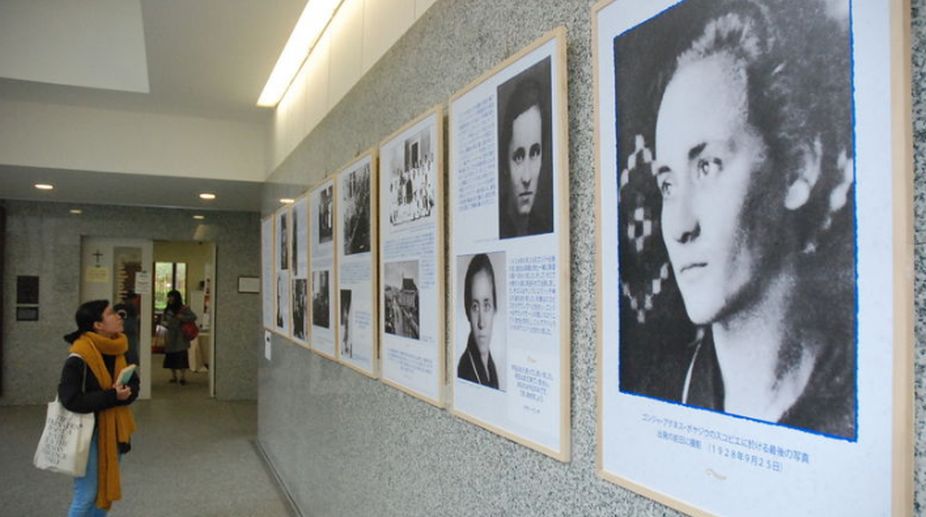Why India and Japan should deepen ties amid volatile geographical landscape
Indo-Pacific is fast becoming the epicentre of global security, and for India and Japan, the urgency of deepening strategic cooperation has never been more pressing.

(Photo Source: The Japan News)
The life of Mother Teresa (1910-97), the Macedonian nun who devoted herself to serving the destitute mainly in India, continues inspiring people across the globe to play a healing role regardless of religion or ethnicity. That is the message conveyed in the photo exhibition on her life that kicked off Tuesday at Sophia University in Tokyo.
Mother Teresa had a vision of “a society for tolerance, understanding, mutual respect and solidarity without distinguishing social, ethnic, cultural and religious affiliations,” Macedonian Ambassador to Japan Andrijana Cvetkovik said at the opening ceremony at the university on Tuesday evening. “I cannot agree more with this message.”
Advertisement
Coorganized by the Macedonian Embassy in Tokyo, the exhibition, titled “Mother Teresa – Saint from Skopje, Saint of the World,” presents about 50 historic photos mainly from the Memorial House of Mother Teresa in Skopje, the capital of Macedonia. The landmark museum was opened in 2009 on the site of the old Catholic church where she was baptized.
Advertisement
She was born to the family of an ethnic Albanian businessman in Skopje in the then Ottoman Empire, and was christened as Agnes Gonxha Bojaxhiu.
Photos at the exhibition show her energetic school and church life in her early years, including a portrait of the 18-year-old Agnes Gonxha displaying a strong sense of determination, photographed a day before she left Skopje to join the Sisters of Loreto in Ireland.
Also exhibited are, among others, her activities in India to help child refugees and poor people where they lived; her holding, with a smile, the Nobel Peace Prize certificate in 1979; and her meetings with a variety of international figures ranging from Palestinian leader Yasser Arafat to U.S. President Ronald Reagan.
She visited Japan several times in the 1980s. In addition to Hiroshima and Nagasaki, she visited the hard-luck districts of Sanya in Tokyo and Airin in Osaka, as well as Sophia University, a Jesuit university. “I hope we [the university] can revisit her message through these photos,” Yoshiaki Terumichi, the president of the university, said at the opening ceremony.
Being a well-respected academic of Japanese cinema and culture, Ambassador Cvetkovik attributes the popularity of the Catholic nun among the predominantly non-Christian Japanese to their love of motherly figures.
Japan “has a lot of [popular] enka songs on okasan [mother], and a parallel to Mother Teresa [in Japan] is Kannon-sama” the Buddhist goddess of mercy, the ambassador told The Japan News.
The exhibition is the first full-fledged public event led by the Macedonian Embassy in Tokyo, which was opened in 2013. Japan established its embassy in the former Yugoslav republic this year.
The exhibition at Building 2 of the university runs through Dec. 8, except on Dec. 2 and Dec. 3. Admission is free.
(Japan News/ANN)
Advertisement